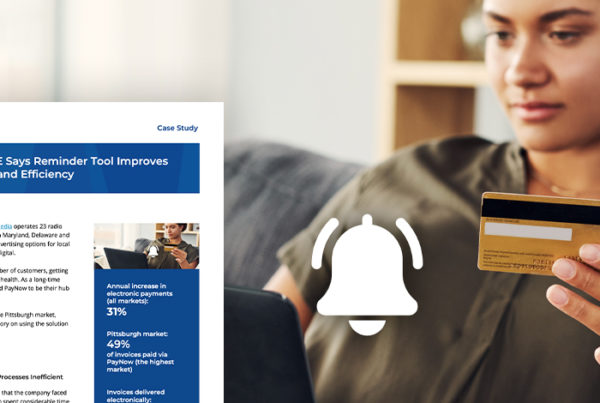Radio station ad revenue has evolved in the past decade. With the introduction of third-party digital advertising, organizations have a new and growing stream of revenue. Combining radio and digital increases your ability to capture more of an advertiser’s budget, but efficiently executing it has challenges.
To overcome these, you’ll realize great value from an integrated radio traffic software and third-party digital ecosystem. Keep reading to learn how connecting these platforms simplifies sales, operations and more.
What You’re Losing with Siloed Systems
When traffic software and third-party digital platforms live in separate spots, sellers spend too much time in the swivel chair. They must access multiple systems to create proposals and execute orders. Your sales team spends too much time on administrative tasks, impacting their ability to prospect, pitch, sell and build relationships.
Disjointed technology also creates headaches on the back end around trafficking, reporting and billing. It prevents you from having complete visibility into all advertising sales.
Another concern is rising operational costs. Disparate systems force you to incur extra expenses for so-called integrations. In reality, these typically aren’t true integrations. They are usually just data exchanges that don’t sync and don’t consolidate workflows. You could end up with high fees to deliver a less-than-ideal experience that still involves a lot of manual work.
Without the ability for solutions to connect completely, you can’t modernize your tech stack or operations. In the end, this can impact your digital advertising profitability.
Third-Party Digital and Traffic Software: The Seamless Workflow for Radio
Digital advertising delivers a great revenue opportunity for radio. Local digital revenue in 2024 will reach $85.3 billion, according to BIA Advisory Services. In 2025, their analysts project a 4.2% increase for radio digital and a 9.1% bump for CTV/OTT. Radio digital includes all tactics except streaming.
Digital will be the answer to radio’s ability to grow profits. It doesn’t mean you can’t be radio-first, as an integrated campaign that includes both provides the best performance. Aligning with this strategy requires an ecosystem that encompasses the entire workflow. When you have technology advantages, you can sell more, faster, and curb operational cost increases.
So, what’s the ideal state for a seamless workflow? It’s the tight integration between our products Marketron NXT and Marketron Traffic.
The NXT and Marketron Traffic Integration: The Best in the Industry
Many companies promote integrations between third-party digital and traffic, but no one connects the two systems better than we do. NXT and Marketron Traffic operate as a completely synchronized workflow. When you pull data from each system, it matches. It also uses your actual traffic data for continuity.
Our team of developers, product specialists and innovators built this integration based on our deep expertise in radio revenue.
Key Benefits of NXT + Marketron Traffic
- One workflow for all proposals, orders, reporting and billing
- Revision capabilities that sync
- In-depth business intelligence with rolled-up reporting for multiple markets and databases
- Bidirectional integration, which eliminates most manual tasks
- Proposal-to-order conversion that executes digital and airtime ads
- Invoicing consolidation for all aspects of the campaign
No other solution can rival what we’ve delivered to the industry. We continue to add new features and capabilities based on what modern radio companies need to grow and manage revenue.
Learn how to win more deals and optimize operations by requesting a demo today!






